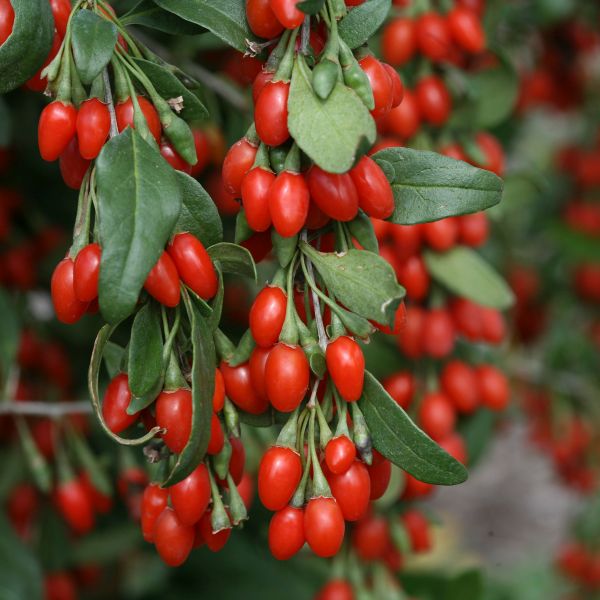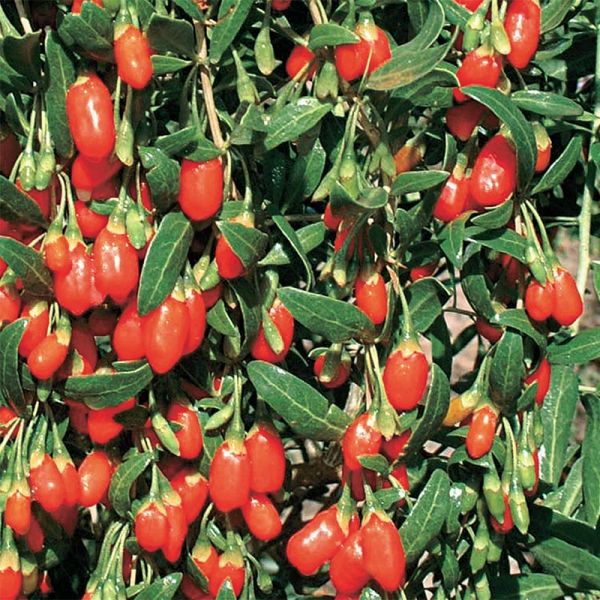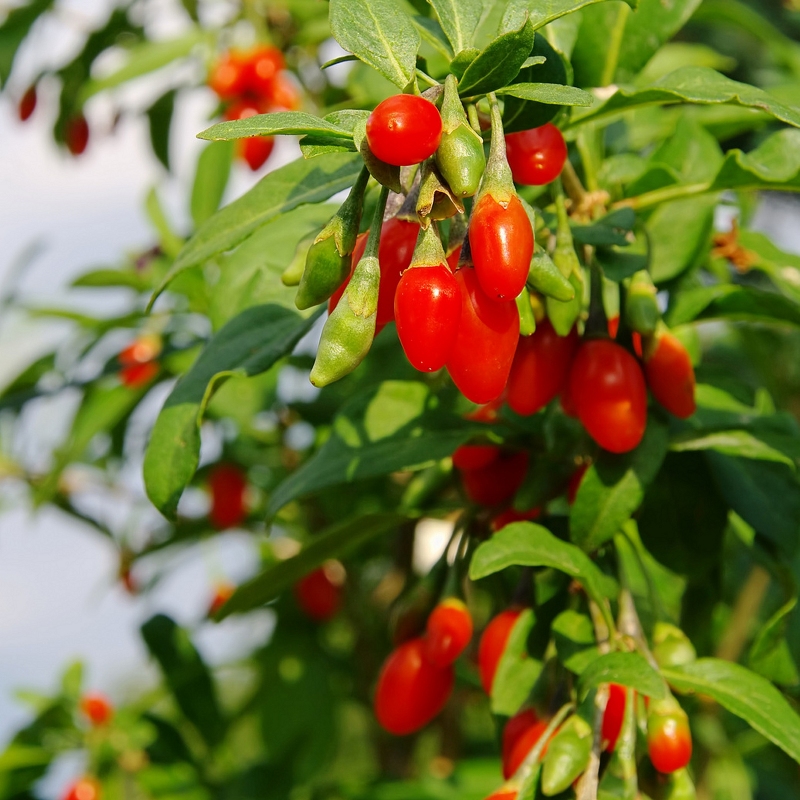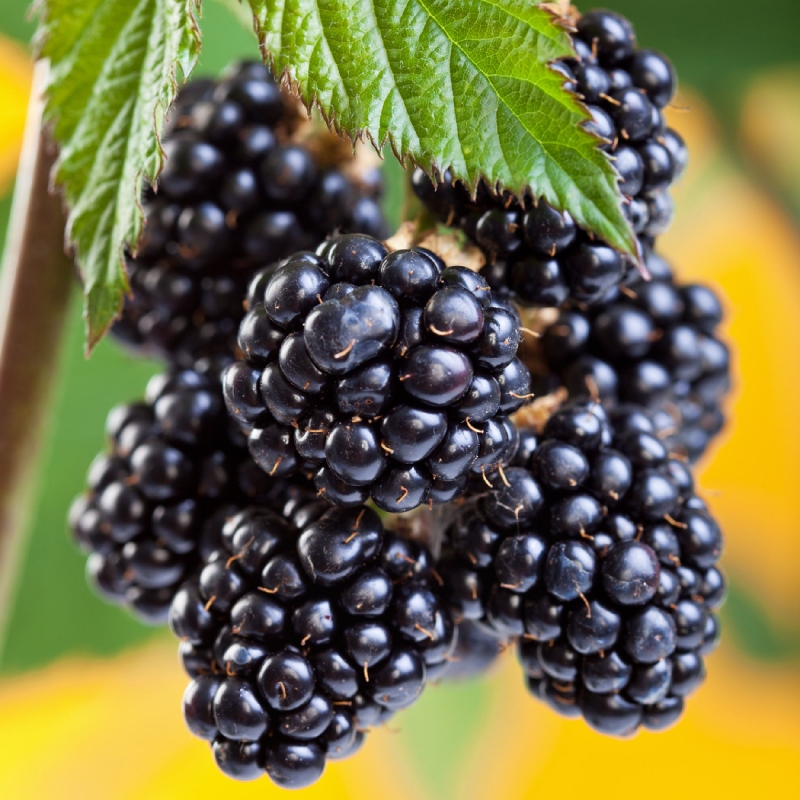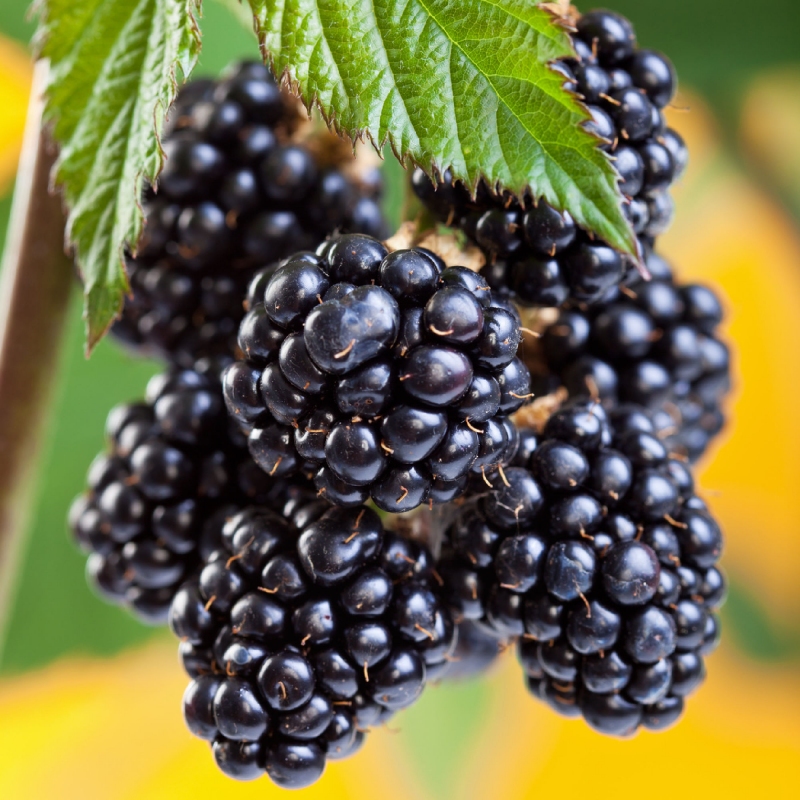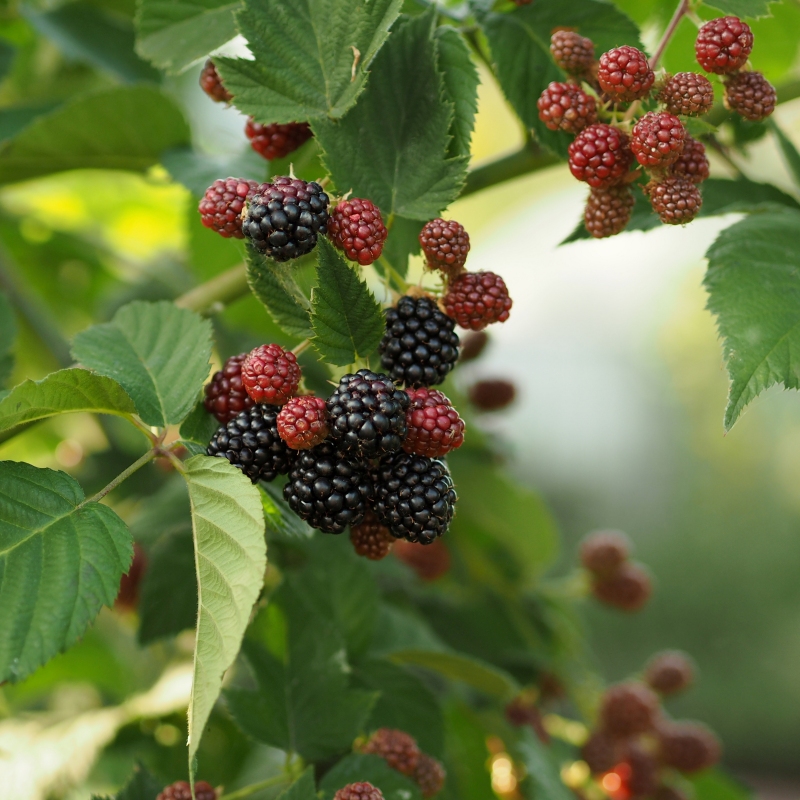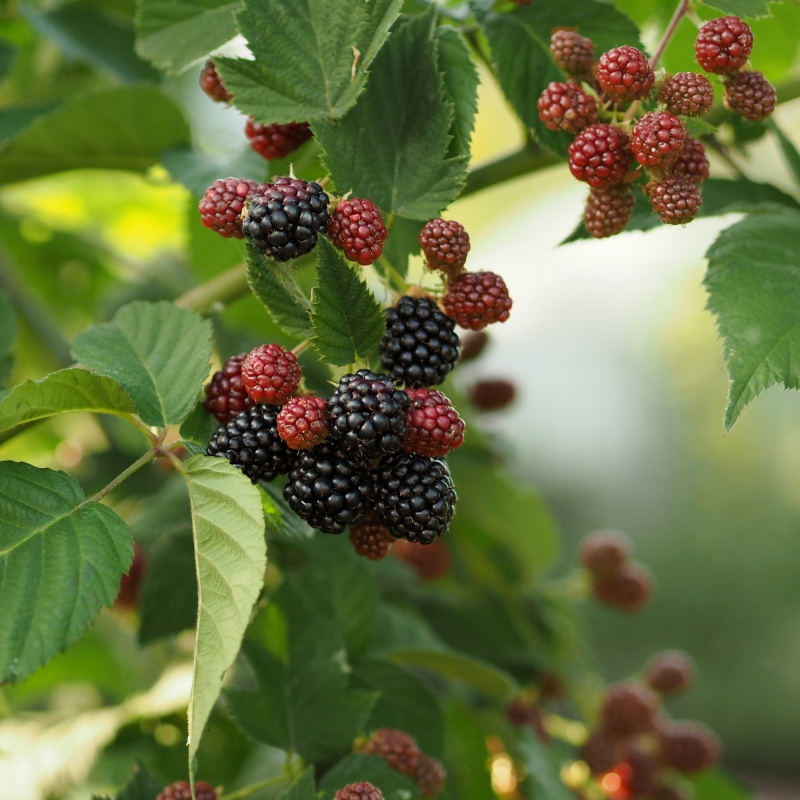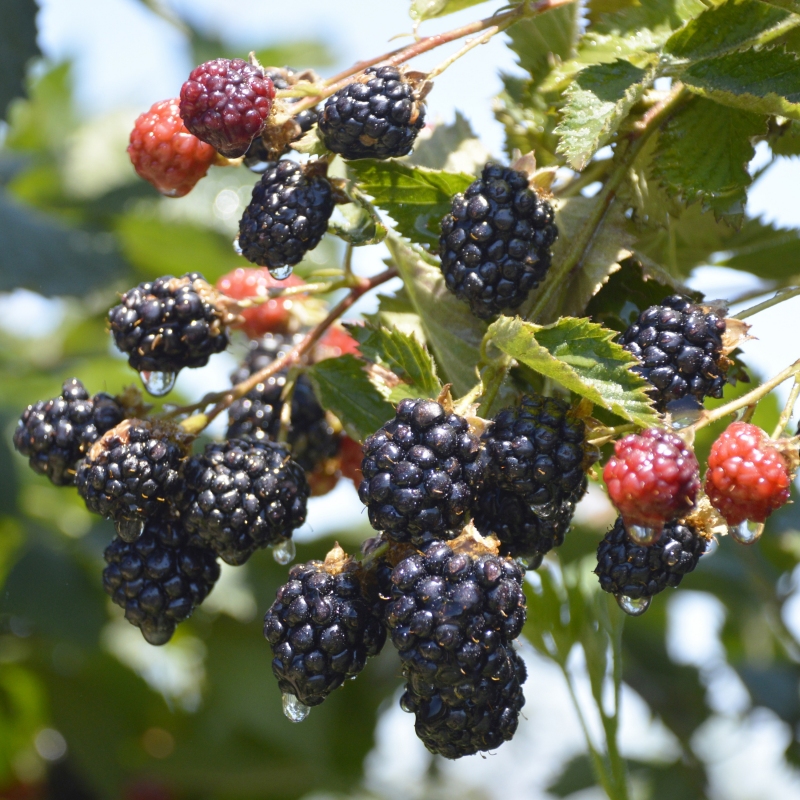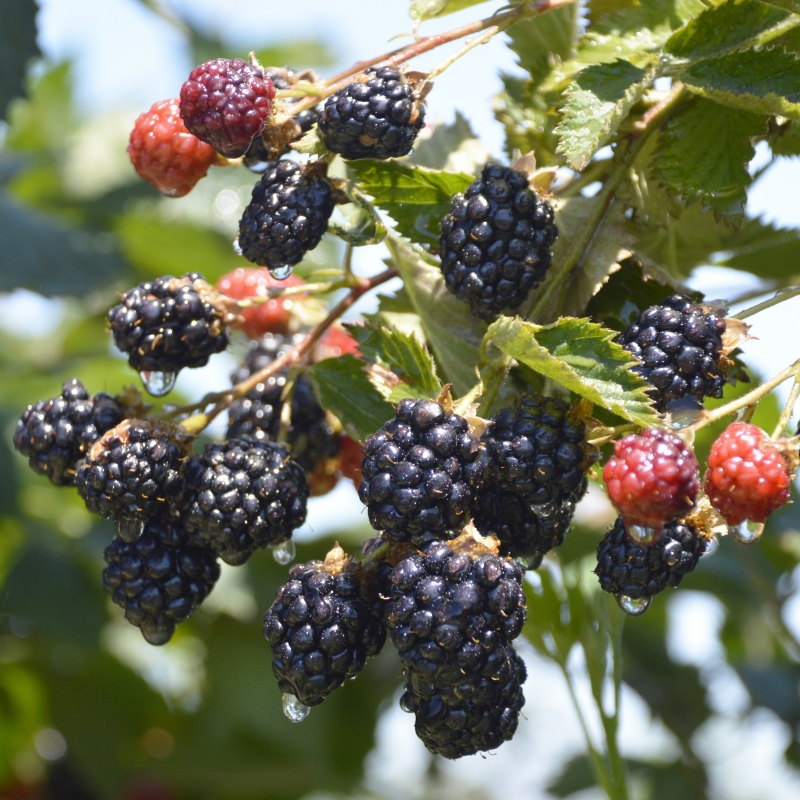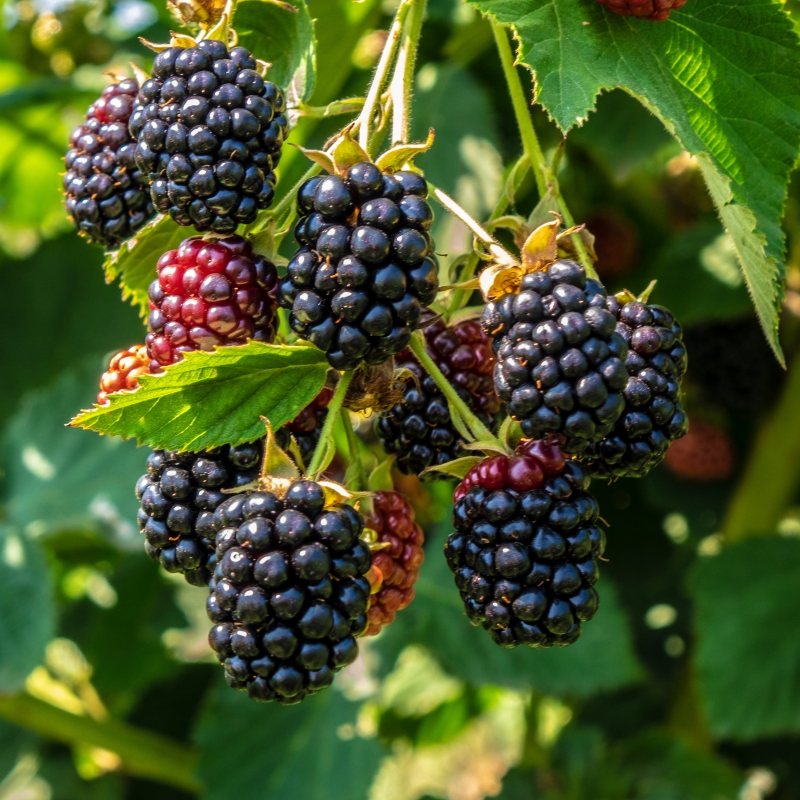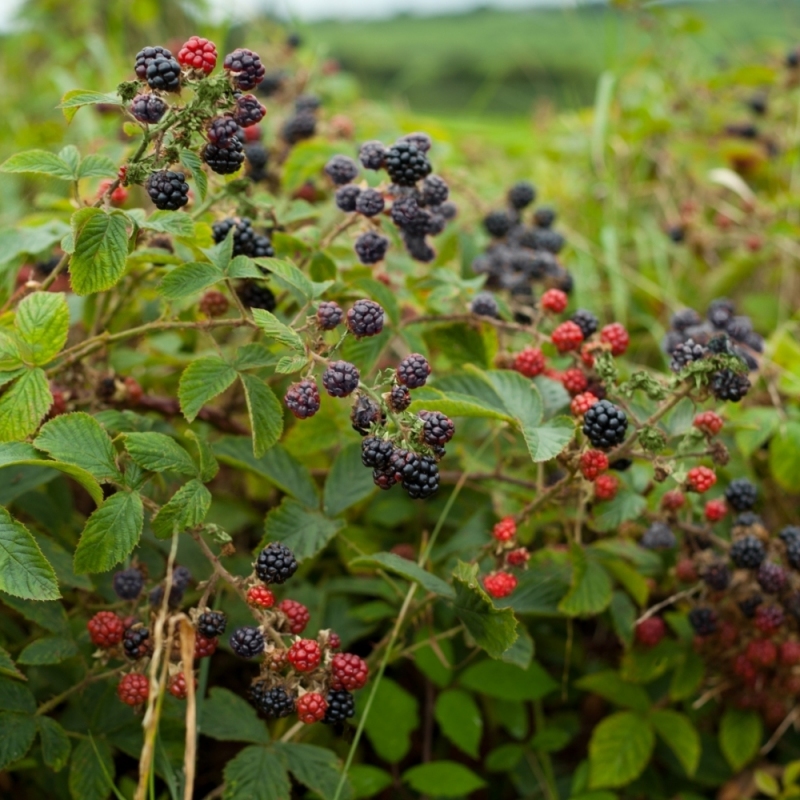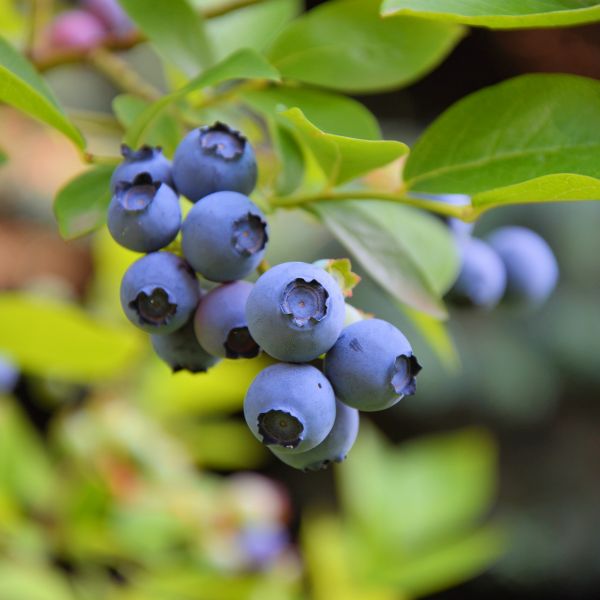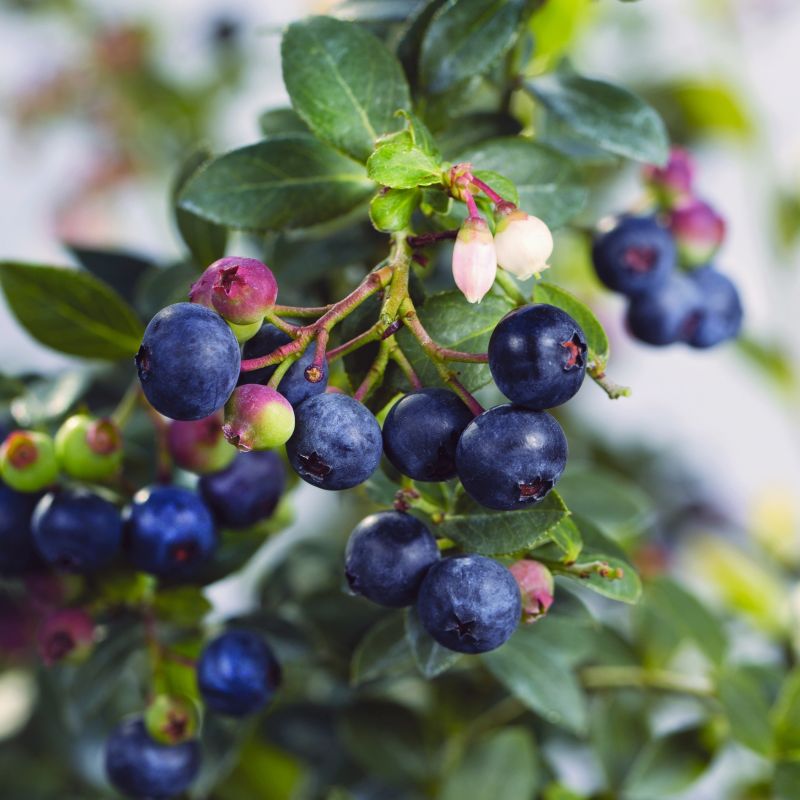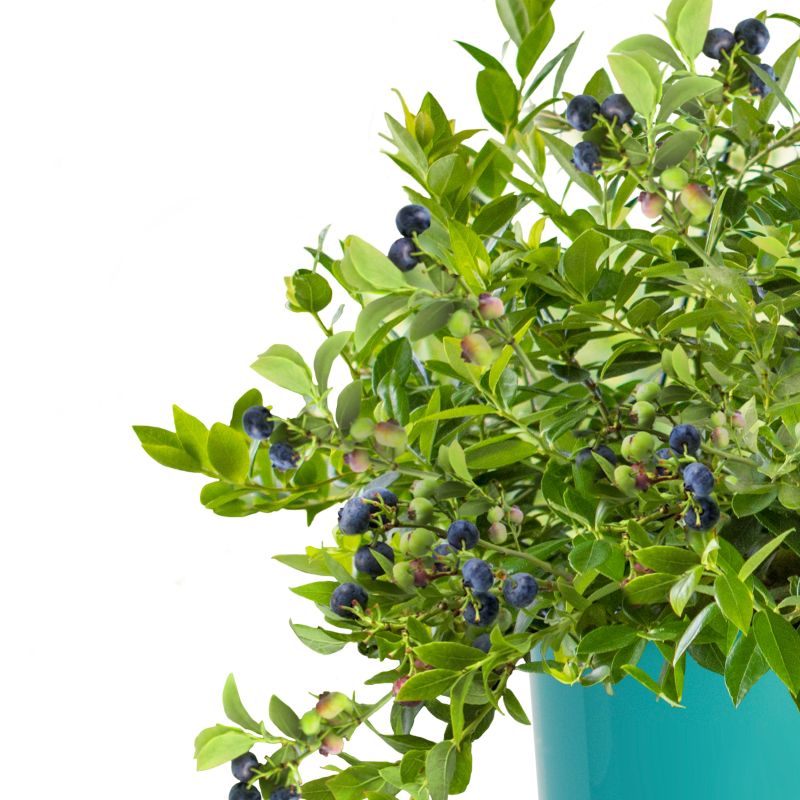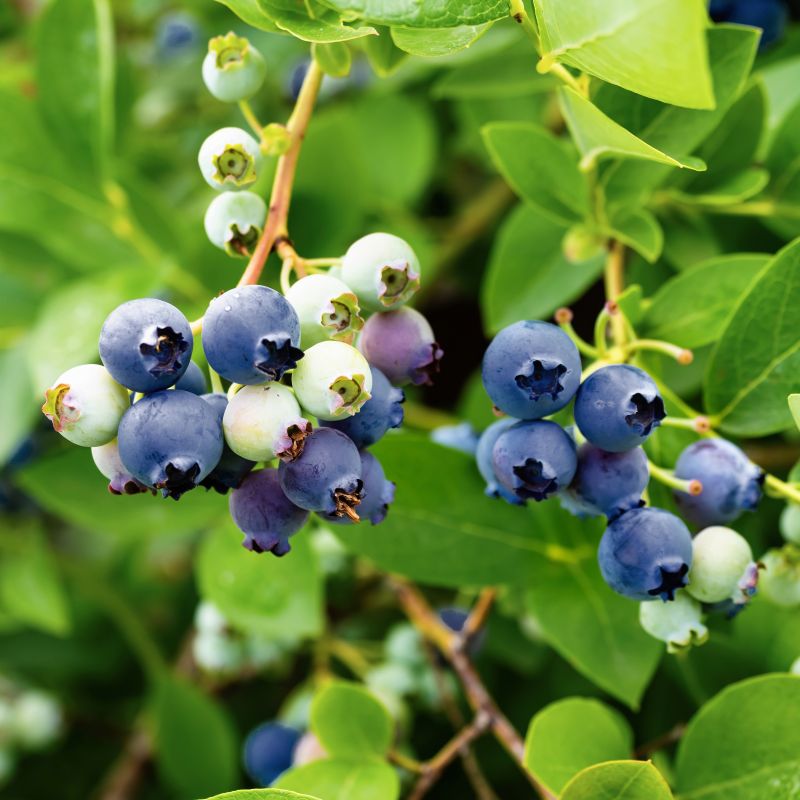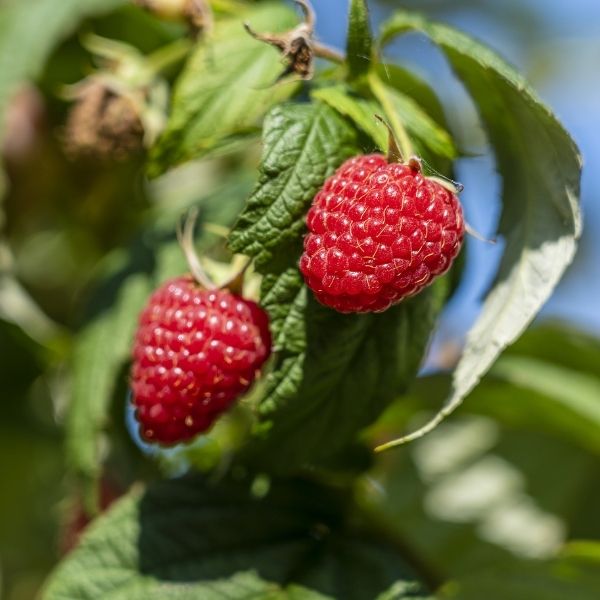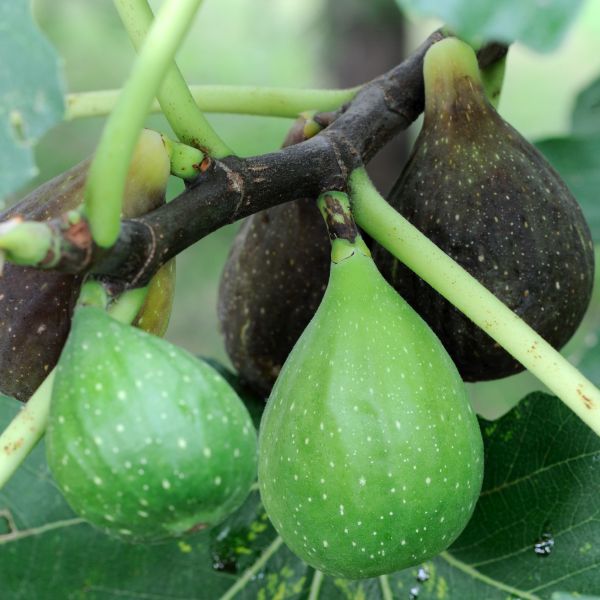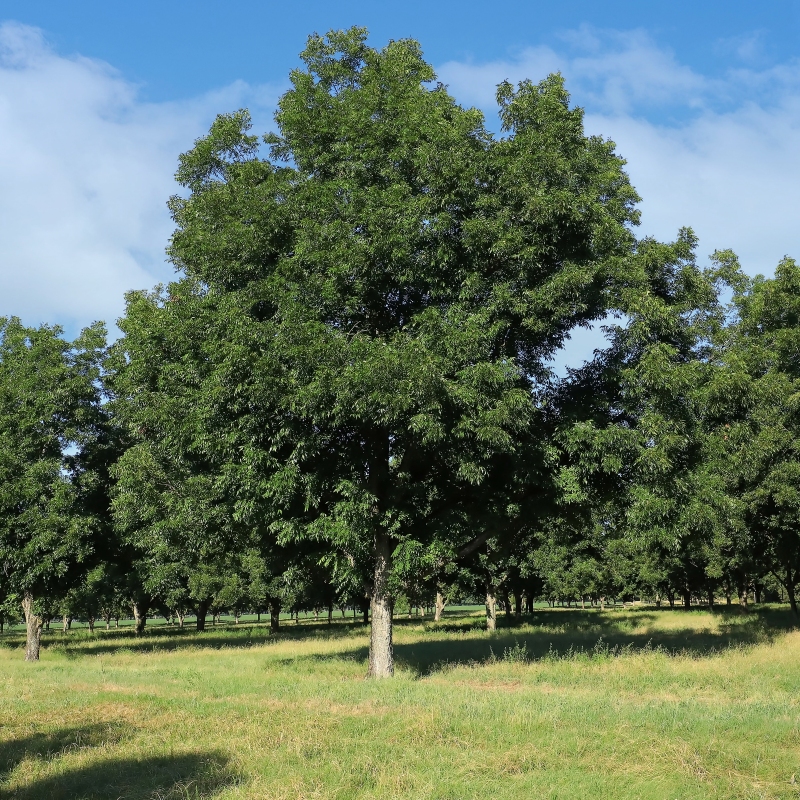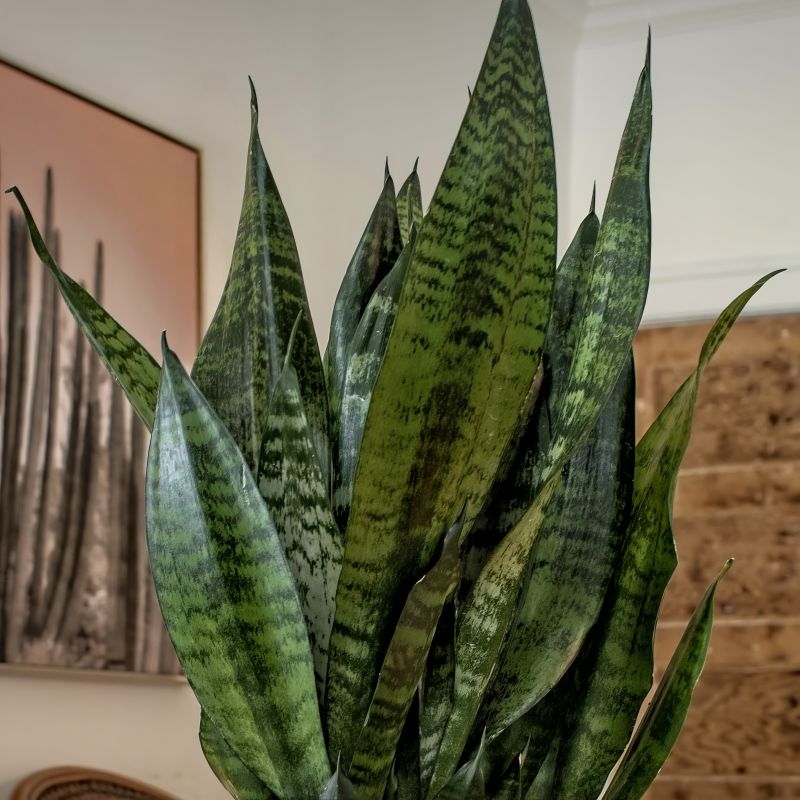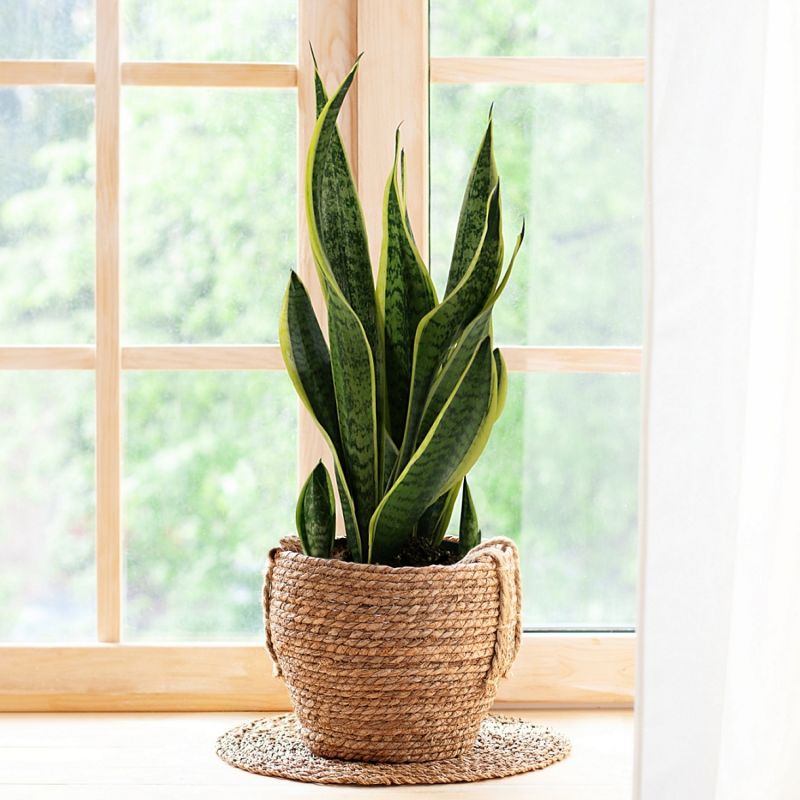

Goji Berry
Lycium barbarum
17 reviews


Goji Berry
Lycium barbarum
17 reviews
$121.00
$173.00
30% Off
1 Gallon
We are sorry, product is currently out of stock due to seasonal availability. Please check the "Related plants available in your area" section below
Why Goji Berry?
Goji berries, also known as wolfberries, are a fruit commonly found in some parts of Asia. They have been used for their health benefits for centuries in traditional Chinese medicine. Goji berries contain high levels of antioxidants, vitamins, and minerals, and are believed to boost immune function, improve eye health, and support overall well-being. They can be eaten fresh, dried, or in supplement form.
Related plants available in your area
Sunlight
Goji Berry plants require full sun exposure to thrive. They need at least 6-8 hours of direct sunlight per day to produce abundant fruit and maintain optimal growth.
Watering
Goji Berry plants require regular watering, especially during their first year of growth. They prefer moist soil, but it is important not to overwater as it can lead to root rot. It is recommended to water deeply and allow the soil to dry between waterings
Fertilizing
Goji Berry plants benefit from a balanced fertilizer with a nitrogen-phosphorus-potassium (NPK) ratio of 10-10-10 or a slightly higher potassium content. Apply the fertilizer according to the label instructions, usually 3-4 times per year during the growin
Goji berry, also known as wolfberry, or botanically as Lycium Barbarum and L. Chinese, is a medium shrub known for the health benefits of its fruits, native to Asia. Goji berries are so beneficial to the immune system that they were used in traditional Chinese medicine and to this day are used as alternative and complementary medicine.
The shrub flowers with clusters of small purple or white flowers in early summer. And in mid-summer, they give away the famous goji berries. They are scarlet-orange-red and naturally sweet. Raw goji berries can be eaten fresh. As they can be eaten raw, adding goji berries to various recipes is popular. But the fresh fruit can also be made into a goji berry juice or tea. Dried goji berries are also very popular.
Generally, goji berry supplements are considered to have a lot of health benefits even if you don't want to get into eating goji berries directly. Benefits of goji berries include the possibility to reduce blood glucose and protect again macular degeneration,
Goji Berry is easy to grow in North America. It's best grown in the full sun or partial sun and tolerates a wide range of soils. The plant can produce several pounds of fruit in a season. When planted in spring, goji berry plants will produce a small crop of fruit in summer and a full crop of fruit about 3 years after planting.
Beautiful with a delicious fruit that makes a great addition to any diet, the Goji berry is great for any landscape. Order yours today from Shrubhub to start reaping the benefits.
Plant Information:
| Botanical Name: | Lycium barbarum |
| USDA Zones: | 6-9 |
| Water: | Medium |
| Exposure: | Full Sun |
| Soil Needs: | Well-Drained |
| Mature Height: | 6 - 8 feet |
| Mature Spread: | 12 - 14 feet |





Pollination Info
Pollination Information for Goji Berry
Goji Berry (Lycium barbarum) is a self-fertile species, which means that the plant can pollinate itself and produce fruit without the need for external pollinators. However, cross-pollination can increase the yield and quality of the fruit.
The flowers of the Goji Berry plant are hermaphrodite, meaning that they contain both male and female reproductive organs. The plant is pollinated by insects, such as bees, butterflies and moths, which are attracted to the bright-colored flowers.
The timing of the pollination for Goji Berry is critical for the fruit to set. The flowers of the plant bloom in early summer, and the pollination usually takes place between June and July. The fruit begins to develop soon after successful pollination, and it ripens from August to September.
Growers can increase the pollination of their Goji Berry plants by planting them in groups and encouraging the presence of native pollinators in the garden. Adding flowering plants and shrubs that bloom at the same time as Goji Berry can also attract more pollinators to the area.
FAQ
Goji Berry (Lycium barbarum) FAQ
What is Goji Berry?
Goji Berry, also known as Lycium barbarum, is a bright orange-red fruit that grows on a shrub native to China. It is widely grown in Asia, particularly in China, where it has been used for medicinal and culinary purposes for centuries. Goji Berry is also known as wolfberry, Chinese wolfberry, or Tibetan goji.
What are the nutritional benefits of Goji Berry?
Goji Berry is rich in antioxidants, vitamins, and minerals that have multiple health benefits. It contains high levels of Vitamin C, Vitamin A, copper, zinc, iron, and calcium. It also contains all the essential amino acids needed for the human body. Goji Berry is also a good source of fiber, with one serving containing up to 10% of the recommended daily intake.
What are the health benefits of Goji Berry?
Goji Berry has been used in traditional medicine to improve a variety of health conditions, like diabetes, high blood pressure, and fever. There is also some evidence that it can boost the immune system, improve vision, and reduce the risk of cancer. Goji Berry has also been found to have anti-inflammatory and anti-aging properties.
How to consume Goji Berry?
Goji Berries are typically consumed dried or fresh. They can be eaten as a snack, added to smoothies, used in tea, or sprinkled over salads. Dried Goji Berries can also be used in soups, stews, and other recipes as a sweetener.
Are there any side effects of Goji Berry?
While Goji Berry is generally safe to consume, there are some potential side effects to keep in mind. Goji Berry contains betaine, which can cause stomach upsets if consumed in large quantities. Goji Berry can also interact with certain medications, like blood thinners, and may cause allergic reactions in some people. It is recommended to consult a doctor before consuming Goji Berry if you have any underlying health conditions or are taking medication.
Where can I buy Goji Berry?
Goji Berry can be found at most health food stores, supermarkets, and online retailers. It is important to ensure that the Goji Berry you are buying is high quality and has not been treated with chemicals. Look for organic, non-GMO, and gluten-free Goji Berry brands.
Planting & Care
Planting Goji Berry
- Choose a sunny location with well-drained soil.
- Dig a hole twice the size of the container the plant came in.
- Remove the plant from the container and gently loosen the roots.
- Place the plant in the hole and backfill with soil
- Water the plant thoroughly.
- Space plants 6 feet apart.
Caring for Goji Berry
- Water regularly, especially during dry spells, to keep the soil moist but not waterlogged.
- Fertilize in the spring with a balanced fertilizer.
- Prune in the dormant season to remove dead or damaged branches and to shape the plant.
- Protect from pests and diseases by inspecting the plant regularly and treating any issues promptly.
- Harvest berries in the late summer/early fall when they are bright red and plump.
- Enjoy the berries fresh, dried, or in recipes!
Check Out These Verified Customer Reviews:
Customer Reviews
4.6 out of 5 based on 17 reviews
Thank you! Your review has been submitted.
Delicious and nutritious snack.
The Goji Berry I received looked fresh and vibrant. The quality exceeded my expectations and the taste was delicious. Shipping was fast and customer service was top-notch.
I was impressed with the size and condition of the Goji Berry I ordered. The website was easy to navigate, and the delivery was prompt. Overall, a great purchase experience.
Item has been added to your cart.



